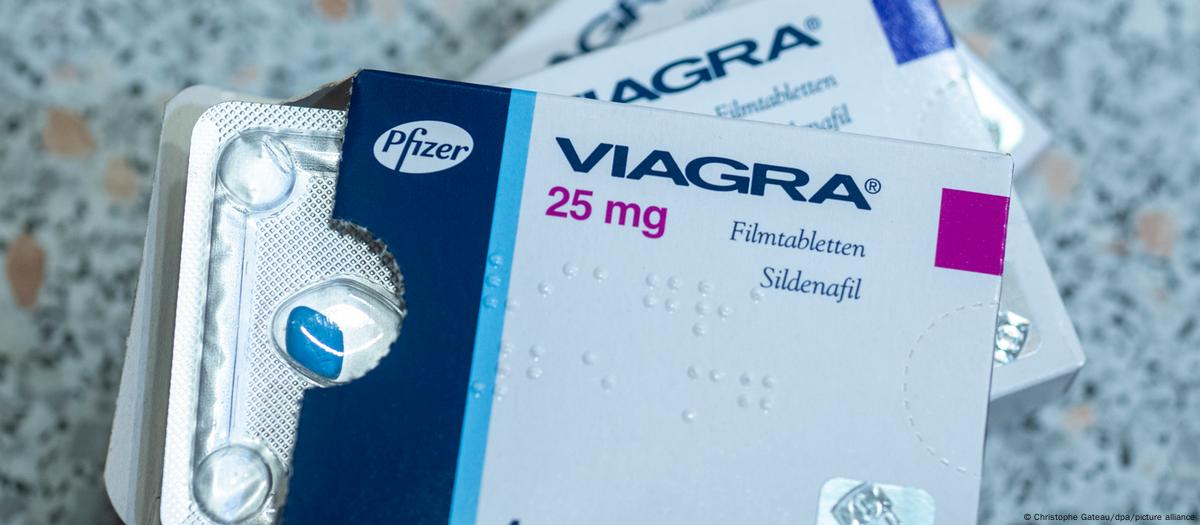
Understanding Tretinoin Krém: A Comprehensive Guide
If you’re looking for an effective solution to skin issues such as acne, fine lines, and uneven texture, you may have come across Tretinoin Krém. This topical retinoid is renowned for its efficacy and has become a staple in the skincare routines of many. If you are in a hurry to address your skin concerns, you may want to Tretinoin Krém predam tretinoin without a prescription and explore its benefits immediately.
What is Tretinoin Krém?
Tretinoin, a derivative of Vitamin A, is a powerful ingredient used in Tretinoin Krém primarily for treating acne and signs of aging. It works by promoting cell turnover, encouraging the shedding of old skin cells while stimulating the production of new ones. This process helps to prevent clogged pores, reduce acne breakouts, and diminish fine lines and wrinkles.
The Science Behind Tretinoin
Tretinoin interacts with the skin at a cellular level, improving the overall appearance and texture. This compound enhances collagen production, reduces hyperpigmentation, and aids in the treatment of sun damage. Its anti-inflammatory properties also make it a popular choice for individuals suffering from rosacea or other irritative skin conditions.
Benefits of Using Tretinoin Krém
- Acne Treatment: Tretinoin is extremely effective in unclogging pores and reducing the severity of acne lesions.
- Anti-Aging: By promoting cell turnover, Tretinoin minimizes the appearance of fine lines, wrinkles, and age spots.
- Improves Skin Texture: Regular use can lead to smoother, more radiant skin, reducing rough patches and uneven texture.
- Reduces Dark Spots: Tretinoin can help fade hyperpigmentation and dark spots caused by sun exposure or hormonal changes.
- Enhances Collagen Production: The stimulation of collagen helps maintain the skin’s elasticity and firmness.
How to Use Tretinoin Krém

Using Tretinoin Krém effectively requires some guidelines to minimize side effects and maximize benefits:
- Consult a Dermatologist: Before starting any new skincare regimen, it’s advisable to consult with a professional for personalized advice.
- Start Slowly: Introduce Tretinoin gradually to allow your skin to acclimatize. Begin by applying it two to three times a week.
- Apply at Night: Tretinoin can make your skin more sensitive to sunlight, so it’s best to apply it before bedtime.
- Use a Pea-Sized Amount: A small amount is enough to cover your entire face; applying more won’t yield better results and may cause irritation.
- Moisturize: Follow up with a gentle moisturizer to combat dryness and flakiness that may occur during the initial phases of using Tretinoin.
Side Effects and Precautions
While Tretinoin Krém has many benefits, it’s essential to be aware of possible side effects:
- Dryness and Peeling: These are common, especially when first starting.
- Redness and Irritation: Some users may experience temporary flushing or stinging.
- Sun Sensitivity: Increased vulnerability to sunburn; using broad-spectrum sunscreen daily is critical.
If you experience severe reactions, discontinue use and consult with a healthcare provider.
Who Should Use Tretinoin Krém?
Tretinoin is suitable for a range of individuals, particularly those with:
- Moderate to severe acne.
- Signs of aging such as fine lines and wrinkles.
- Uneven skin tone or texture.
- Sun damage or resulting hyperpigmentation.
However, pregnant women or those planning to become pregnant should avoid retinoids due to potential risks to the fetus.
Conclusion
Tretinoin Krém is a powerful ally in your skincare arsenal, providing a range of benefits aimed at improving skin health. With proper usage and realistic expectations, it can lead to significant improvements in the appearance and texture of your skin. Always remember to consult with a dermatologist to tailor your skincare approach, ensuring you reap the full advantages of this remarkable compound while minimizing side effects.